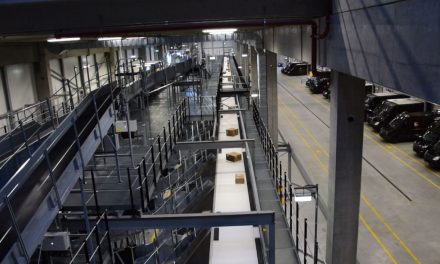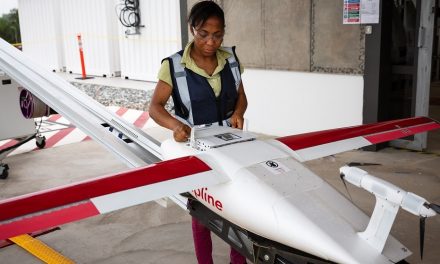
Using “Big Data” to cut shipping costs
Researchers from Belgium’s Vlerick Business School have developed a “Big Data” analytics tool which they say will help companies “substantially improve” the efficiency of their shipping operations. According to the Vlerick team: “The tool uses Big Data analytics and GPS coordinates to analyse all the transport routes of one or more companies extremely quickly – and look for ways to combine geographically compatible shipments. The algorithm also identifies collect and/or drop-off opportunities, allowing you to pick up an extra load en-route.”
Professor Robert Boute, the leader of the Vlerick research team, said that studies indicate that “one in four delivery trucks driving around empty – while those that are not empty are only 57% full” – so optimising usage is a significant issue.
“Companies are under pressure to deliver our orders faster than ever before. It’s not hard to guess the costs incurred by trucks full of air rather than goods,” said Boute. “Things can and should be better.”
According to the Vlerick team, the tool would help hauliers to:
- Identify routes with a starting and destination point in the same area, making it possible to use the same means of transport and thus increase the load factor (bundling).
- Find routes in the opposite direction, thus avoiding an empty return journey (backhauling).
- Locate different routes which more or less tie in with each other allowing them to be combined into one return trip, also putting an end to empty return trips (round trip).
“Bundling, backhauling and round trips are the terms that have given us the name of our algorithm: BBaRT,” said Boute. “At the end of the journey, BBaRT provides you with a list of opportunities ranked according to potential cost savings and environmental benefits.
Boute added: “The strength of the BBaRT tool is that it can handle data sets of almost any size. As far as I am aware, BBaRT is the first and only algorithm which can efficiently select opportunities for collaboration from a huge amount of data.
“I often hear people say that they believe that there are opportunities, but can’t identify them. Our algorithm can give companies the insight they need. There is a lot of talk about big data digital transformation and the sharing economy. BBaRT is an example of what that really means.”












